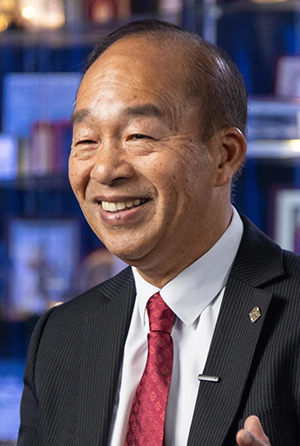Wallace LEUNG

Centrifugal Separation in Biopharmaceutical Industry
Wallace Leung is a multidisciplinary educator and a practicing engineer. He has been in filtration and separation since 1977 with 25 years working in industries in the United States and 21 years in the academia. He has developed many new technologies for centrifugal separation and has 36 US patents to his credit. He has delivered public lectures and in-house short courses worldwide for biopharmaceutical companies, such as Novo Nordisk, Denmark and Amgen, USA. He is the author of the popular Elsevier book, “Centrifugal Separation in Biotechnologies”, 1st ed. (2007) and 2nd ed. (2020), and the McGraw-Hill book “Industrial Centrifugation Technologies” (1998). Wallace is currently Distinguished Research Professor and previously as Chair Professor of Innovative Products and Technologies in Mechanical Engineering Department at the Hong Kong Polytechnic University for 15 years. He is a fellow of AICHE, ASME, and AFS. He is also a fellow of the Hong Kong Academy of Engineering Science. He has both MS and ScD from MIT, and BSc from Cornell University
The purpose of this course is to introduce centrifugal separations for making drug substances and intermediates, such as monoclonal antibodies for cancer treatment. The building blocks for these drug substances are made from recombinant protein process through inserting a segment of a gene into a host cell (mammalian cells, yeast, bacteria, etc.) and allowing protein to be expressed extracellularly or intercellularly by the host cell in a fermenter or bioreactor. Separating extracellular or intracellular protein in the broth by centrifugal separation is a common practice in biopharmaceutical processing despite many challenges as it involves shear sensitive living cells from bacteria which are a few microns to mammalian cells and yeast which are tens of microns, and with density not too much different from that of the broth. This course will go through fundamentals to applications involving centrifugal separations in biopharmaceutical processing.
Learning objectives:
- Recombinant protein host cells
- Metrics of separation
- Fundamentals of centrifugal sedimentation
- Existing biopharmaceutical application examples - insulin, hormones, enzymes, probiotics, etc.
- Selection and sizing of centrifuges
- Troubleshooting separation process
- Different process requirements – centrate solids, cake dryness, sizing
Course outline:
- Chapter 1 - Common host cells for recombinant protein processes; extracellular vs. intracellular protein; metrics - protein yield, centrate solids, throughput, cell viability.
- Chapter 2 - Centrifugal sedimentation
- Chapter 3 - Batch and semi-batch, disk stack, decanters
- Chapter 4 - Commercial applications to biopharmaceutical separations
- Chapter 5 - Selection and sizing
- Chapter 6 - Troubleshooting
- Chapter 7 - Separation, flocculation, classification, and dewatering
Workshop (each participant needs to bring a problem to the workshop)"
